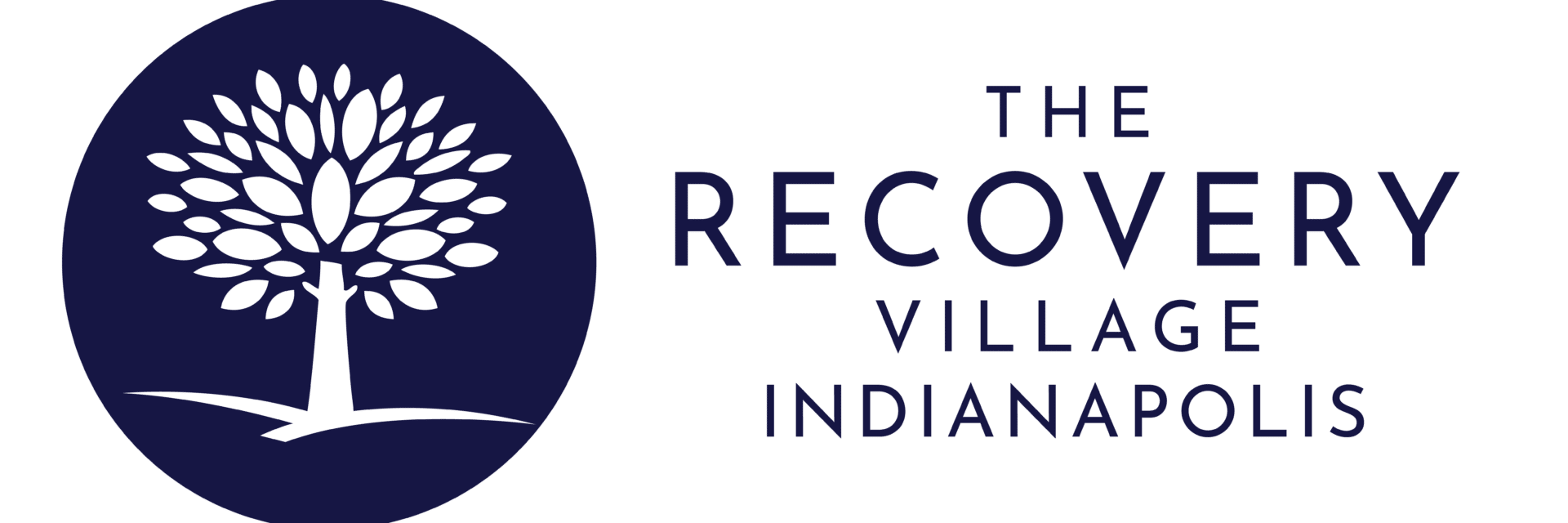Key Takeaways
- Opiate blockers work by inhibiting the effects of opiates on the brain and are essential in treating opioid overdose and addiction.
- Common opiate blockers include Naloxone, Naltrexone, Methylnaltrexone and Alvimopan, each with specific uses and potential side effects.
- Opiate blockers are effective in addiction treatment, reducing opioid use, infectious disease transmission and criminal activity.
- Side effects of opiate blockers can include precipitated withdrawal and respiratory depression, requiring careful management.
- Integrating opiate blockers into comprehensive addiction treatment plans is crucial for modern approaches to opioid use disorder.
- Advancements in opiate blocker development aim to provide safer alternatives for pain management and address the opioid crisis.
How Opiate Blockers Work
Opiate blockers, also known as opioid antagonists, are medications that inhibit the effects of opiates on the brain and nervous system. These drugs work by binding to opioid receptors in the central nervous system, which are the same receptors that opiates bind to when they exert their effects.
Opioid receptors, including mu, delta and kappa, are coupled with G-proteins and their stimulation leads to a cascade of intracellular signal transduction processes. Opiate blockers prevent the activation of these receptors by endogenous or exogenous opioids, thereby negating the effects such as pain relief, euphoria and respiratory depression commonly associated with opioid use.
Opiate blockers can be essential in treating opioid overdose by reversing life-threatening respiratory depression. Furthermore, opioid antagonists are used in addiction treatment to prevent the rewarding effects of opioids, reducing cravings and the likelihood of relapse. The molecular mechanisms underlying these effects involve preventing neurotransmitter release and the hyperpolarization of neurons, which dampens neuronal excitability.
Different Types of Opiate Blockers
Opiate blockers are crucial in the management of opioid overdose and the treatment of opioid addiction. The most commonly known opiate blockers include:
- Naloxone: It is an FDA-approved medication that rapidly reverses opioid overdose. It is typically administered when a patient shows signs of opioid overdose, as it can quickly displace opioids from the receptors and block further effects.
- Naltrexone: This medication is used both in the treatment of opioid dependence and alcohol dependence. Unlike naloxone, it is used for long-term management as it has a longer duration of action.
- Methylnaltrexone: Specifically designed to treat opioid-induced constipation, methylnaltrexone works by blocking the effects of opioids in the intestine, facilitating bowel movements without affecting the pain relief provided by opioids.
- Alvimopan: It is another peripherally acting opioid antagonist used to prevent postoperative ileus, a condition where bowel movements stop after abdominal surgery.
The Advantages of Opiate Blockers in Addiction Treatment
While the effectiveness of opiate blockers is well-documented, their impact is maximized when integrated into comprehensive treatment plans that address the multifaceted needs of individuals with opioid use disorder (OUD). A comprehensive Cochrane review highlighted the effectiveness of methadone in reducing opioid use, infectious disease transmission and criminal activity.
Patients on methadone exhibited 33% fewer opioid-positive drug tests and were over four times more likely to remain in treatment compared to those receiving placebo treatments. Moreover, long-term outcomes were better for those receiving methadone, irrespective of counseling frequency. Research also supports the effectiveness of buprenorphine, particularly in combination with naloxone and extended-release naltrexone (XR-NTX), both of which have shown similar efficacy in treating OUD once treatment is initiated.
This Season, Give Yourself the Gift of a Fresh Start.
Whether you are struggling with addiction, mental health or both, our expert team is here to guide you every step of the way. Don’t wait— reach out today to take the first step toward taking control of your life.
However, the accessibility and continuity of treatment with opiate blockers remain a challenge. Studies indicate that longer durations of MOUD treatment correlate with lower overdose rates and serious opioid-related acute care use. For instance, those treated with buprenorphine or methadone for more than 180 days had significantly lower overdose rates (1.1%) compared to those who received no MOUD (3.6%).
Side Effects and Risks of Opiate Blockers
Opiate blockers come with potential side effects and risks. The main side effect is the precipitated withdrawal in individuals who are opioid-dependent, which can include symptoms such as runny nose, watery eyes, yawning, rapid breathing and increased body temperature.
Moreover, the FDA underscores the risk of life-threatening respiratory depression when opioid antagonists are used in conjunction with central nervous system depressants like benzodiazepines. Long-term side effects of chronic use of opioid antagonists can include gastrointestinal issues, mood changes and disruptions in cognitive function.
Strategies for Managing Side Effects
Managing the side effects of opiate blockers is crucial for patient comfort and adherence to treatment plans. Dose reduction is often the first step, as some side effects are dose-dependent. Lowering the dose can minimize adverse effects while maintaining analgesic benefits. In cases of severe side effects, the use of alternative medications may be explored to provide relief without compromising the efficacy of the opiate blocker.
Another strategy involves the judicious use of adjunctive therapies, such as dextroamphetamine, for opioid-induced sedation, albeit with caution due to its own potential adverse effects. Furthermore, education on lifestyle modifications such as increased fluid intake, dietary changes and exercise can help alleviate constipation, a common side effect.
Combining Opiate Blockers with Comprehensive Addiction Recovery Plans
The integration of opiate blockers into addiction treatment plans has become a cornerstone of modern approaches to OUD. The Substance Abuse and Mental Health Services Administration (SAMHSA) has made a significant policy advancement in OUD treatment standards, allowing take-home doses of methadone and broadening the scope of practitioners who can prescribe OUD medications, thus facilitating continuity of care and expanding treatment reach.
Medication-assisted treatment (MAT) is now recognized as a crucial element in the multidisciplinary approach to OUD, combining pharmacological intervention with counseling and behavioral therapies. It represents a departure from the traditional abstinence-based models, moving towards evidence-based practices that acknowledge the chronic nature of addiction.
Success of Opiate Blockers in Addiction Treatment: Case Studies
One notable case study published in the New England Journal of Medicine demonstrated the efficacy of extended-release naltrexone in reducing opioid relapse among criminal justice offenders. Research indicates that this opiate blocker can significantly decrease the likelihood of relapse when compared to usual treatment methods.
Another compelling case study involved the acute care management of severe opioid withdrawal with intravenous opiate blockers. The study, published in the Journal of Addiction Medicine, highlighted the emerging shift to fentanyl as a drug of choice and the need for innovative treatment approaches in acute care settings to manage withdrawal symptoms effectively.
Further evidence of the success of opiate blockers is found in primary care settings, where medication-assisted treatments have been implemented with positive outcomes. A case study from the Lehigh Valley Health Network in Pennsylvania illustrates how the deliberate use of change management theory to support safe opioid prescribing and treatment of OUD led to sustainable cultural changes within the clinic. This approach has shown stability in managing OUD effectively with the help of opiate blockers.
These case studies underscore the potential of opiate blockers as a cornerstone in the treatment of opioid addiction, demonstrating their effectiveness in both clinical and real-world settings.
Advancements and Challenges in Opiate Blocker Development
The pursuit of safer alternatives to opioids for pain management has led to promising developments in the pharmacological landscape. One such advancement is the experimental pain medicine VX-548, which has achieved its primary goal in a late-stage clinical trial and is poised for FDA approval.
Unlike opioids, VX-548 targets pain in the peripheral nervous system, offering a potential new class of acute pain medicine after more than twenty years. This innovation represents a significant shift away from the safety risks and addictive potential associated with opioids.
However, challenges persist in the fight against the opioid crisis. The DEA’s plan to reduce the supply of prescription opioids, despite chronic shortages, reflects ongoing efforts to curb misuse. With an emphasis on harm reduction and comprehensive treatment, new pharmacotherapies must balance effectiveness with safety to address both pain management and addiction.
Professional Opioid Addiction Treatment Is Available
For those seeking addiction treatment, The Recovery Village Indianapolis Drug and Alcohol Rehab stands as a beacon of hope. Located within the heart of Indy, we offer a comprehensive array of treatment options, including medical detox, inpatient care, partial hospitalization and intensive outpatient services.
When you or a loved one are ready to embark on the path to recovery, our Recovery Advocates are here, ready to assist. Reach out to learn more about our tailored treatment programs, designed to cater to your specific needs and situation.


